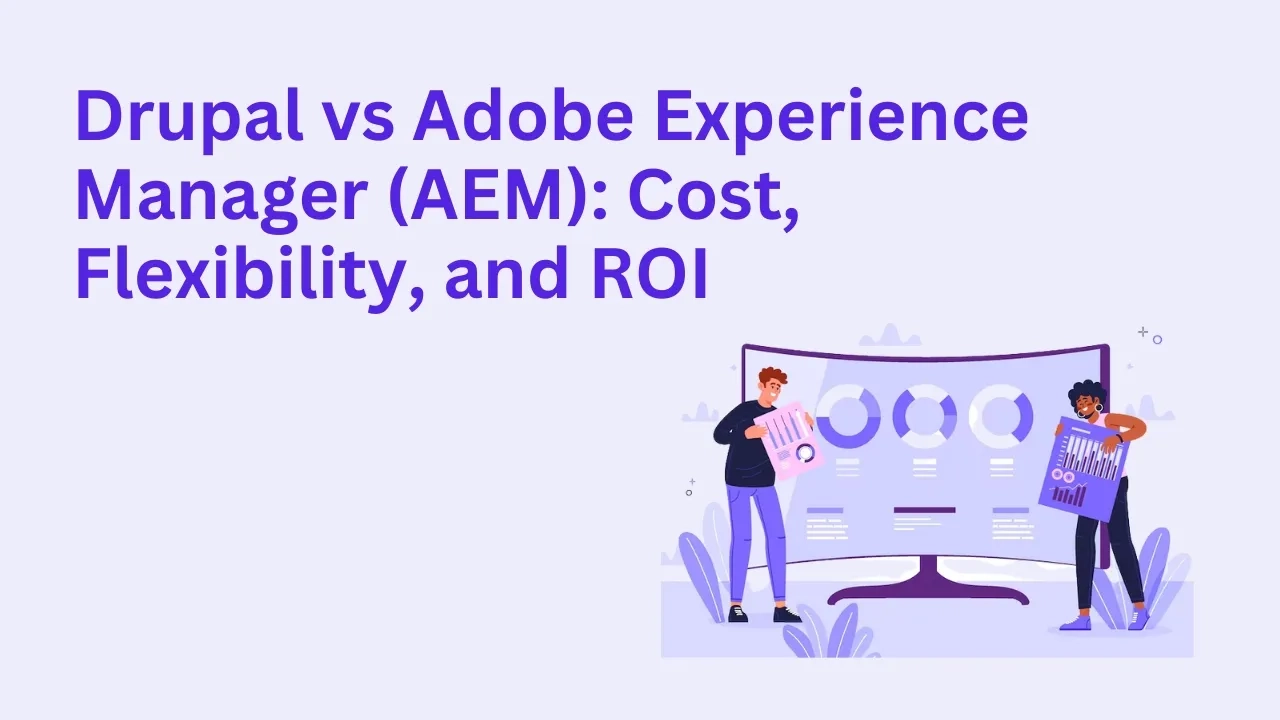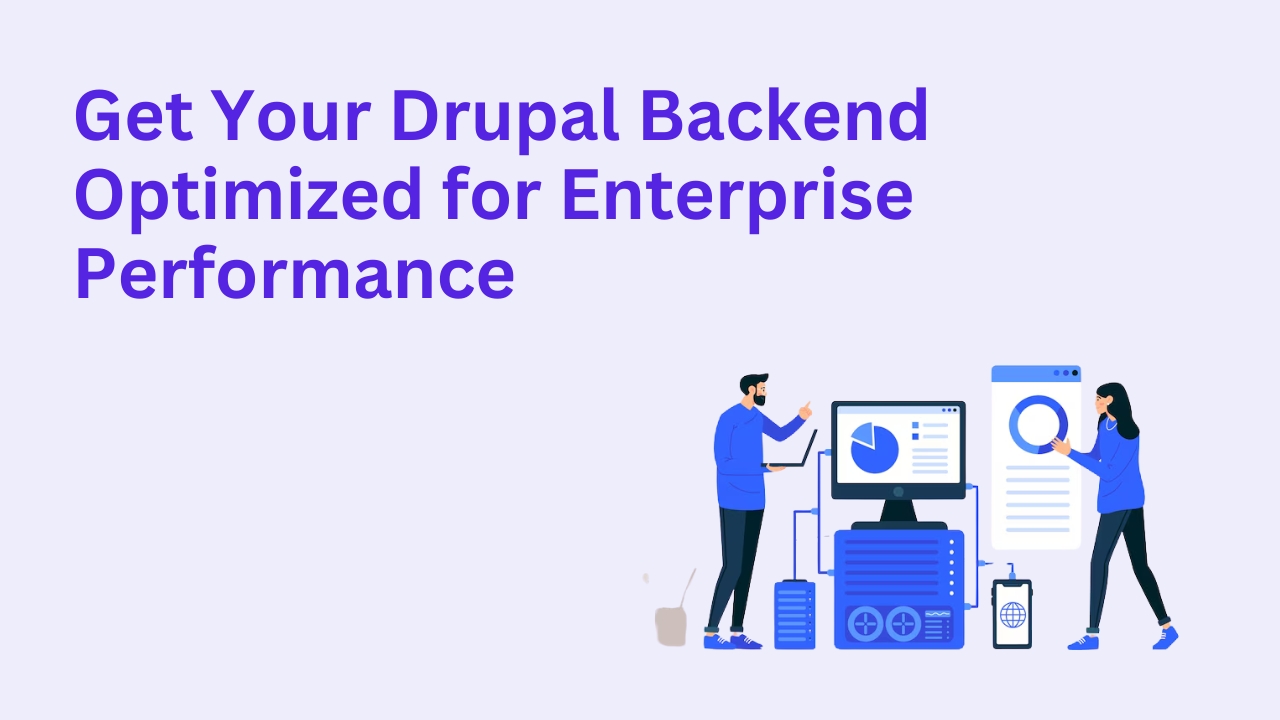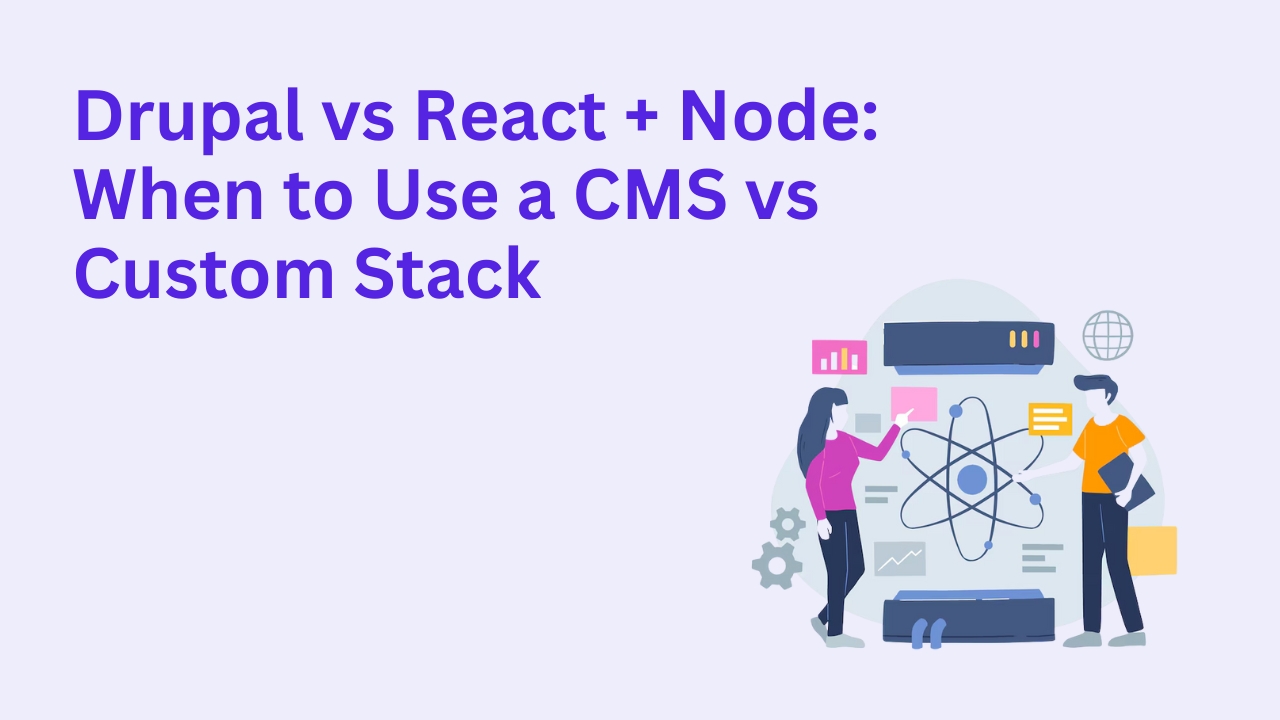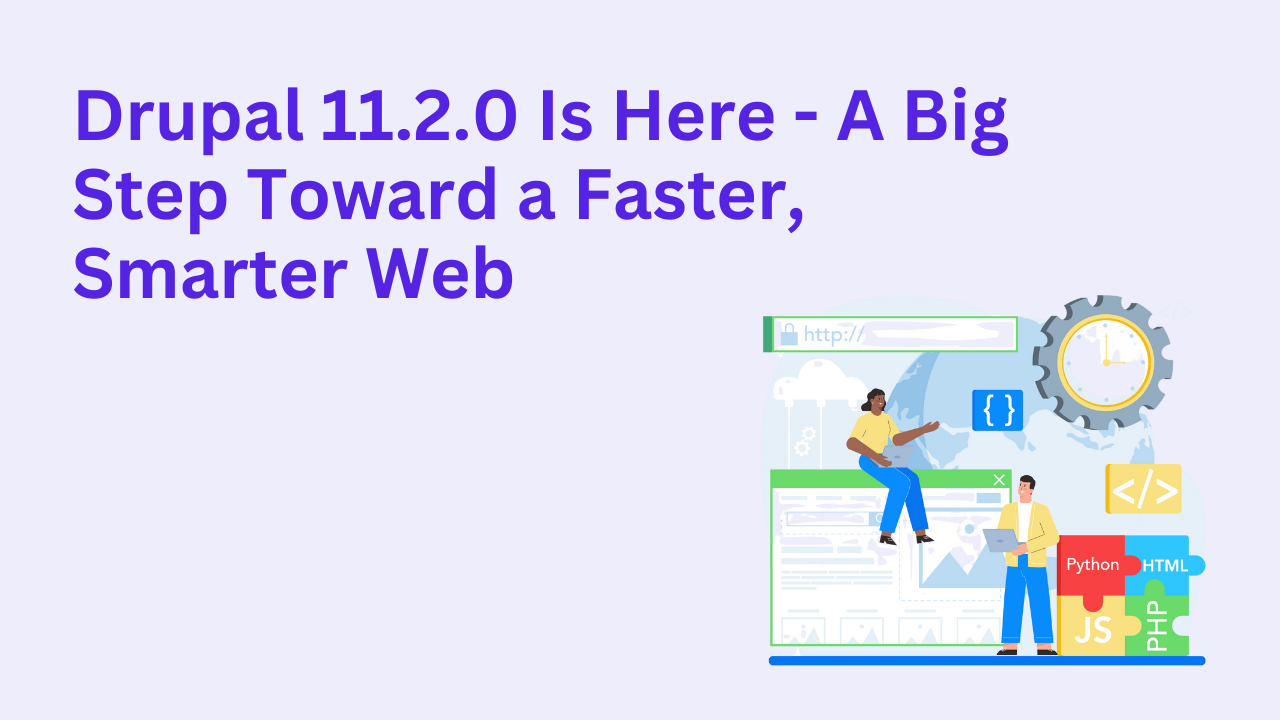Drupal vs Adobe Experience Manager (AEM): Cost, Flexibility, and ROI

When it comes to enterprise-level content management systems, two heavyweights consistently come up: Drupal and Adobe Experience Manager (AEM). Both are powerful, scalable, and trusted by global brands. But when it’s time to make a decision—especially one with major cost and scalability implications—businesses need to dig deeper into cost, flexibility, and long-term return on investment (ROI).
Let’s break it down so you can decide which one fits your goals in 2025 and beyond.
Total Cost of Ownership (TCO): A Clear Win for Drupal
One of the most decisive differences between Drupal and AEM is the cost.
AEM is notoriously expensive. Licensing fees alone can run into six figures annually for enterprise-level usage. On top of that, implementation, training, and support services—often delivered by Adobe-certified partners—add significant cost.
Drupal, by contrast, is open source. There are no licensing fees. You have full control over development, customization, and hosting costs, allowing you to scale at your own pace without being locked into a vendor’s pricing structure.
If you're budget-conscious or looking for maximum ROI over the long term, Drupal delivers massive savings without compromising on capabilities.
Flexibility: Drupal Puts You in the Driver’s Seat
Both platforms offer flexibility, but the way you access it is different.
Drupal is built for customization. Need a custom workflow, multilingual setup, or unique content architecture? With thousands of contributed modules and the freedom to build your own, Drupal gives developers and teams full creative control.
AEM offers out-of-the-box functionality that's strong for marketing workflows but can be rigid for deeply customized solutions. Custom development is possible but usually comes at a high service cost.
In short: If you want to build digital experiences on your terms, Drupal gives you more freedom.
Scalability and Performance
Both Drupal and AEM can scale to handle high-traffic, high-content environments.
Drupal powers some of the world’s most content-heavy websites—from governments and universities to major media outlets.
AEM is designed for enterprise performance, and it integrates tightly with the Adobe Marketing Cloud suite, which is great for enterprises already committed to the Adobe ecosystem.
However, Drupal's modularity and headless CMS capabilities make it particularly appealing for businesses that want to future-proof their infrastructure.
Developer Ecosystem and Support
Drupal has a massive open source community, with continuous innovation, public security advisories, and thousands of vetted modules.
AEM’s developer pool is smaller and more specialized, meaning resources are harder to find and often more expensive to hire.
If you’re building a team or looking to scale quickly, Drupal developers are more accessible and come without the licensing overhead.
Marketing and Personalization Capabilities
AEM shines in personalized marketing, especially when integrated with Adobe Analytics, Target, and Campaign. For enterprise brands already tied into Adobe’s suite, this can be a plus.
Drupal integrates with leading martech tools, including Acquia (if you want enterprise-grade marketing features), or you can plug into third-party personalization tools as needed. You maintain flexibility over your stack.
Vendor Lock-In vs Freedom of Choice
AEM requires a long-term relationship with Adobe’s ecosystem and partners. While this can create consistency, it often limits options and increases switching costs.
Drupal, being open source, gives you full freedom—over developers, hosting, tooling, and third-party services.
Who Should Choose Drupal?
Mid-to-large enterprises seeking cost-effective, scalable digital platforms
Organizations needing custom, complex workflows
Businesses wanting freedom from vendor lock-in
Brands with existing martech tools that want to build their own stack
Who Might Consider AEM?
Large enterprises already deeply invested in Adobe products
Teams heavily reliant on Adobe Analytics, Campaign, and Target
Organizations with big budgets and a centralized digital operations team
Final Verdict: Why Many Businesses Choose Drupal
While AEM delivers a polished enterprise suite, Drupal offers the control, cost-efficiency, and flexibility most businesses are looking for in 2025. You’re not just building a CMS—you’re building a foundation that supports long-term digital growth.
If you're evaluating CMS options and need expert guidance, our team at Drupalify helps businesses like yours plan and launch high-performing Drupal solutions—without the vendor lock-in or the premium price tag.








